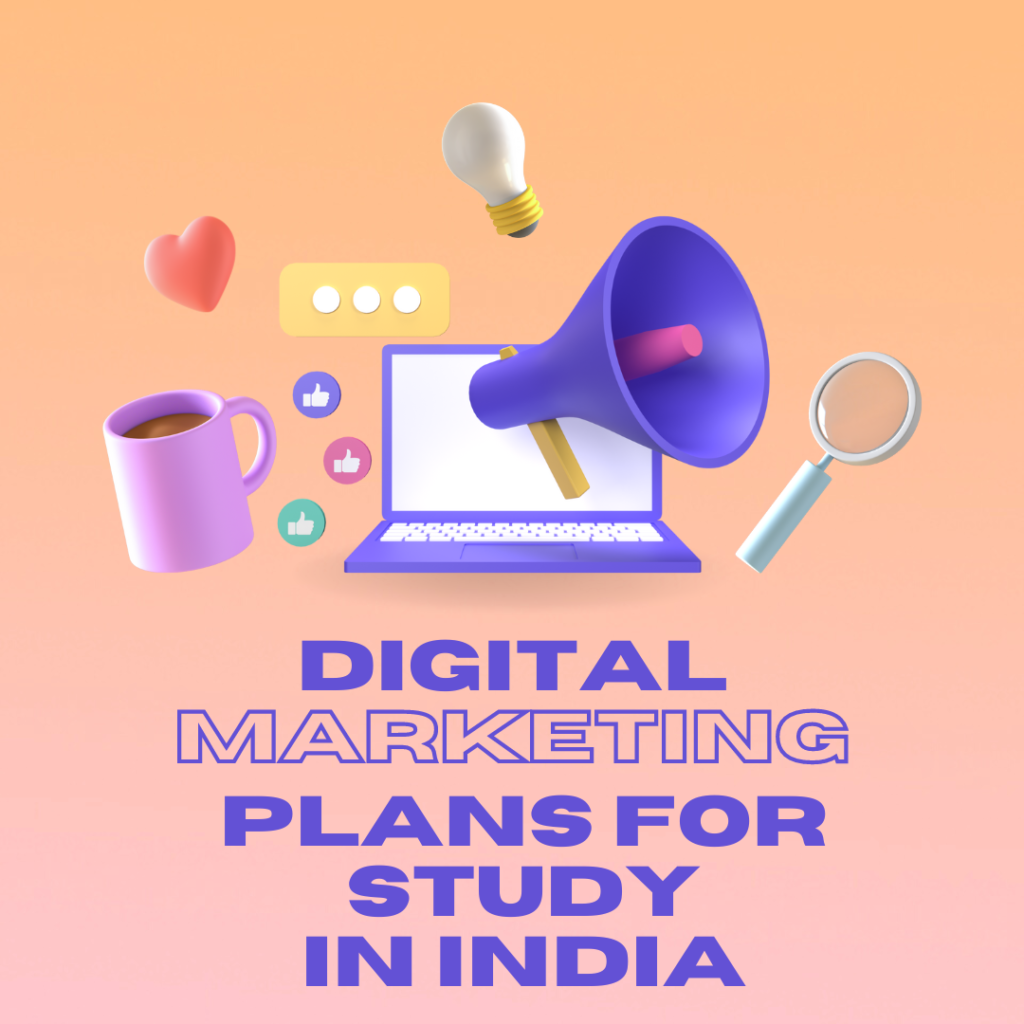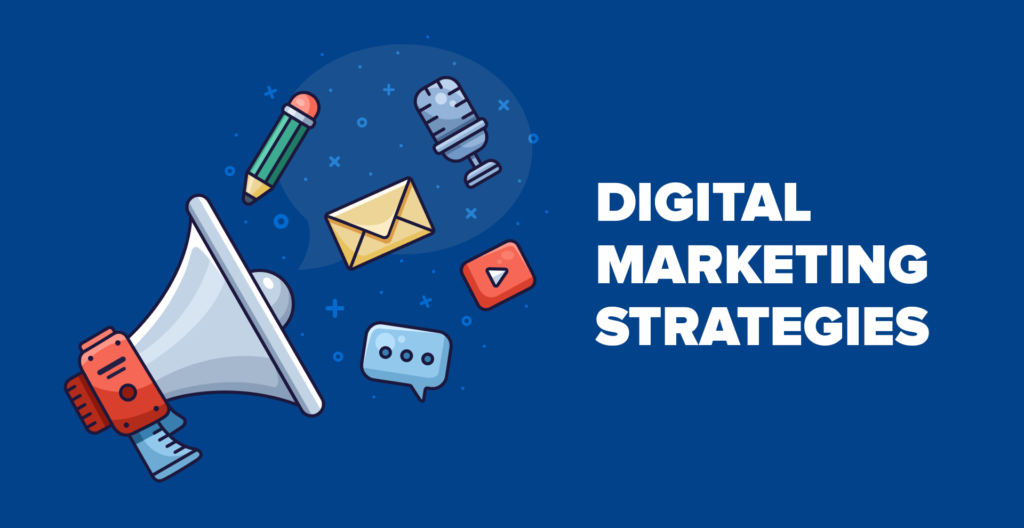

Digital Plans for Study in India
Welcome to our platform! We’re excited to have you here, whether you’re a student, parent, educator, or just curious about education. Our aim is to share helpful insights and resources to support you on your educational journey. From the latest trends to practical tips, we’ve got it all covered. So, come on in, take a look around, and let’s explore together!
Introduction to 2024 Digital Plans in India
In today’s digital age, it’s really important for schools to have a good online presence. Since a lot of people use the internet to find things, it’s crucial for schools to show up in search results. That’s where SEO comes in. By using the right words, making good stuff, and organizing websites well, schools can make sure more people see them online. This not only helps bring in more students but also makes it easier for parents and others to find important info about the school. Plus, a well-organized website makes the school look better online. As technology keeps changing, schools need to keep up by using smart SEO strategies to stay competitive.

Read this blog also: Elevating Teaching: Good to Great
1. Search Engine Optimization (SEO): Elevating Visibility
In today’s digital world, it’s crucial for educational websites to appear in search results. Using effective SEO techniques is key to getting noticed by potential students. By using the right keywords, creating quality content, and organizing websites well, schools can improve their online visibility. This helps attract more students and ensures that people can easily find the information they need about the school.
2. Social Media Marketing: Engaging the Digital Generation
India has a lot of young people who really like using social media. Schools can take advantage of this by being active on platforms like Facebook, Instagram, Twitter, and LinkedIn. Posting often, sharing interesting stuff, and doing fun campaigns not only make more people know about the school but also help build a community where students and schools can talk online.
3. Content Marketing: Providing Value through Information
In today’s digital world where content is key, schools can gain trust and respect by sharing useful, interesting stuff. Blog posts, articles, and infographics that answer questions, talk about success, and give info about programs can show schools know their stuff. This not only brings in potential students but also helps build strong connections with the audience over time.
4. Email Marketing: Personalized Communication
Even with all the ways to talk to people, email is still really useful for talking to people one-on-one. Schools can send emails to share news, important dates, and stuff that’s just for certain groups. By sending emails that are right for each person, schools can build good relationships with potential students and keep them up-to-date during the admissions process.
5. Video Marketing: Storytelling through Visuals
As more people watch videos, schools can use storytelling to connect with them. Making interesting videos, like tours of the campus, interviews with teachers, and stories from students, helps schools show what makes them special. This kind of storytelling not only gets people interested but also makes them feel like they’re really there.
6. Mobile Marketing: Reaching Students on the Go
In a place where lots of people use phones, making sure online marketing works well on phones is really important. Schools should make sure their websites work well on phones, and their marketing is made for people using phones. Apps, text message campaigns, and other things made for phones can help schools talk to students, parents, and others even when they’re not at a computer, making it easier for them to get involved.
Moreover, To read essential role of business website in Digital age. Click Here.
7. Influencer Marketing: Building Trust through Advocacy
Working with people who are respected, like teachers, experts, and former students, can really help schools seem trustworthy. These people can share their stories, ideas, and suggestions, making other people feel like they can trust the school. This kind of word-of-mouth marketing can affect what potential students decide and make the school seem even better online.
8. Data Analytics: Informed Decision-Making
Tools help schools understand if their online marketing is effective. They see what people do online and how much they engage. Schools learn if people do what they want. This helps schools improve their online marketing. They change things to make them work better.

9. Understanding the Audience
Understanding the audience means knowing who your audience is and what they like. For schools, the audience includes students, parents, alumni, and maybe even donors. To understand them better, you can ask questions and look at data to see what they do online. This helps you create marketing campaigns that are just right for them. For example, if you know most of your audience is young, you might use social media more. Or if they’re older, you might use email more. By understanding your audience, you can make sure your marketing reaches the right people and gets their attention.
10. Establishing an Online Presence:
Establishing an online presence means making sure people can find you and learn about you on the internet. For schools, this includes having a website and being on social media. Your website should look nice and be easy to use, so people can find information about your school easily. Being on social media means creating accounts on platforms like Facebook, Instagram, and LinkedIn, where you can share updates and connect with people. It’s important to post regularly and share interesting stuff to keep people interested. By having a strong online presence, schools can reach more people and show them what makes their school special.
Plus, it helps build trust and credibility. So, whether you’re a student looking for information or a parent researching schools, having a strong online presence makes it easier for people to find and learn about your school.
Conclusion:
In conclusion, the education sector in India is rapidly changing, and it’s important for institutions to adapt to these changes by embracing innovative digital marketing strategies. By using tools like SEO, social media, content marketing, email marketing, video marketing, and more, schools can effectively connect with a wider audience and stay competitive in the digital landscape. These strategies help schools reach more people and engage with them in meaningful ways. Now, it’s up to you to take action! Whether you’re a part of an educational institution or simply interested in the field of education, consider implementing some of these digital marketing techniques to make a positive impact.
Click below to start implementing these strategies and contribute to the digital transformation of education in India!







1 comment